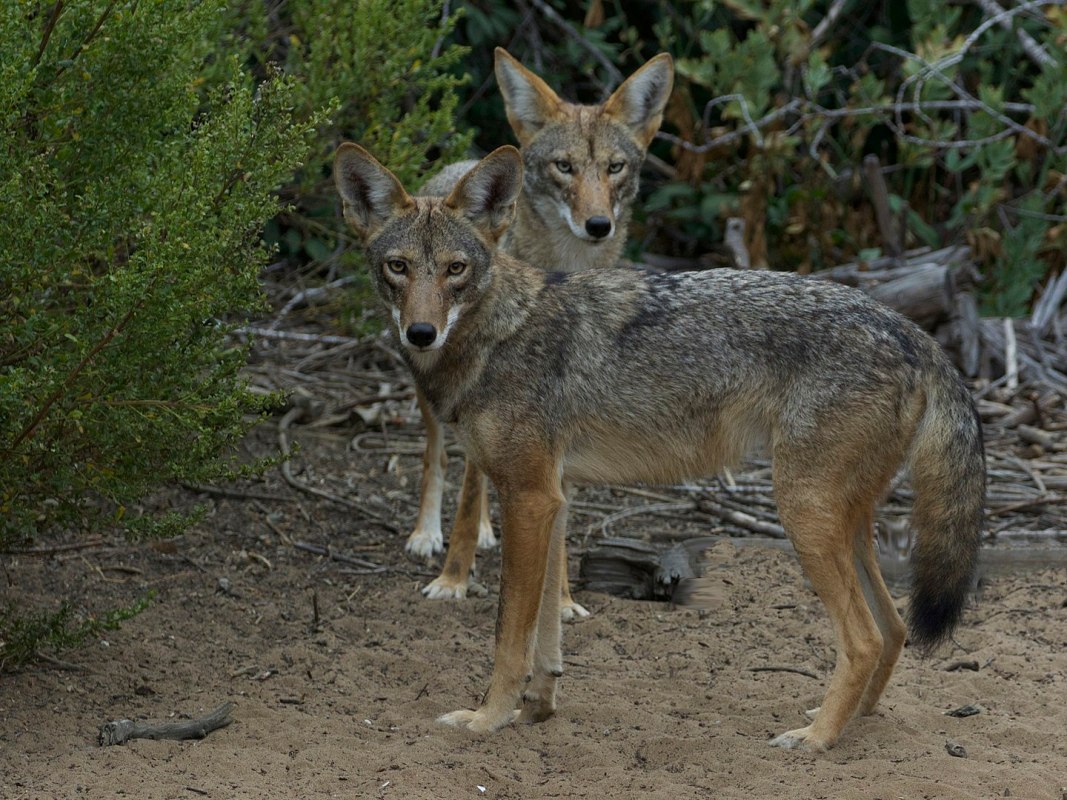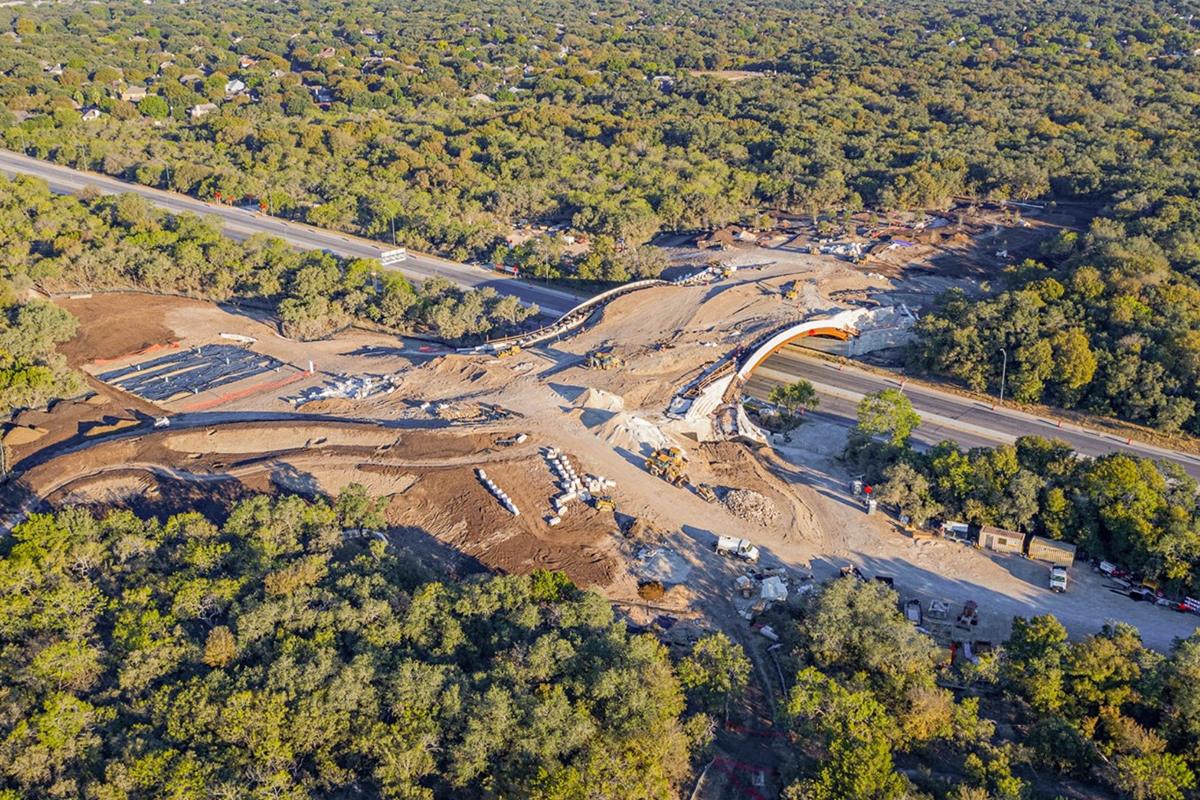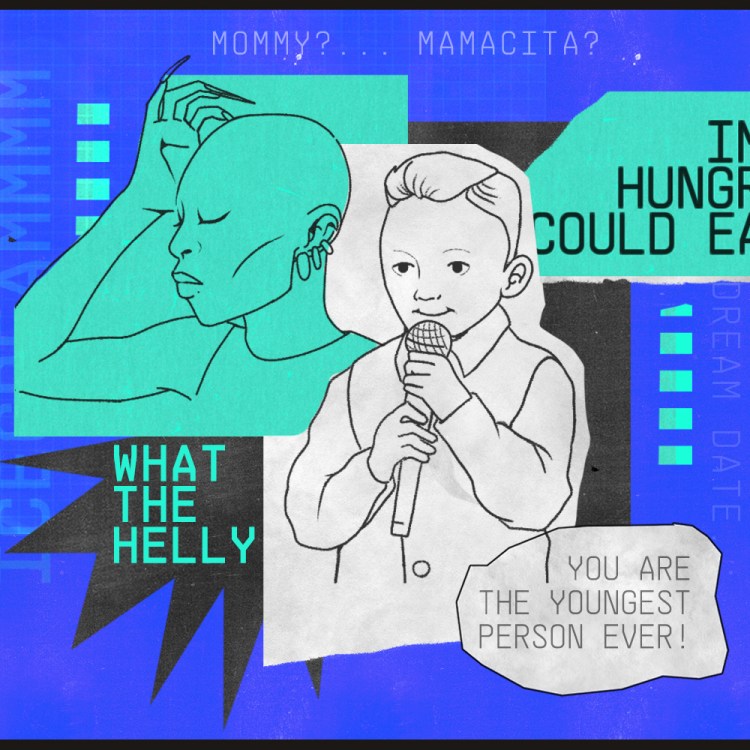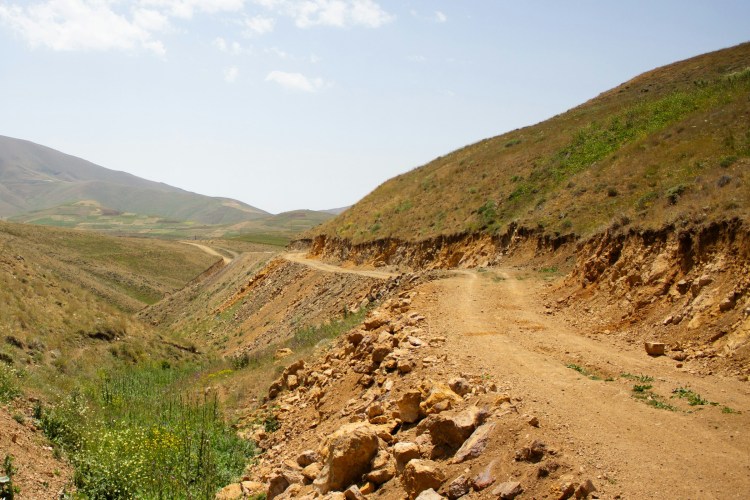When you think of a coyote in its natural habitat, your thoughts might well turn to regions with plenty of open spaces — a desert or prairie, for example. But coyotes are nothing if not adaptable, which is why the last few years have brought multiple reports of coyotes in New York City’s Central Park and other places you’d least expect. There’s also a dedicated program focused on coyotes residing in the Chicago metropolitan area.
What does it mean to have coyotes join the pantheon of urban wildlife? According to a new book by environmental historian Peter S. Alagona, something that was once surprising has been made much more quotidian.
The book is titled The Accidental Ecosystem: People and Wildlife in American Cities, and Engadget recently published an excerpt from it. Alagona notes that when, several decades ago, coyotes arrived on the scene in a host of cities, numerous residents “were unwilling to accommodate animals they saw as dangerous interlopers.”
As he points out, this has changed in the intervening years, at least up to a point. What had once seemed like an exotic encounter eventually became something more normalized, though the book does point out that urban residents tend to be more wary of coyotes after, say, an attack on a person or a pet.
“One of the key messages wildlife officials stressed was that the decision to launch a response [to a coyote sighting] should depend on an animal’s behavior — whether it appeared injured or sick or was acting aggressively — and not its mere presence,” he writes of modern tactics for handling these wildlife incidents.
That things have changed at all points to a sense of adaptability — for humans and coyotes alike.
Thanks for reading InsideHook. Sign up for our daily newsletter and be in the know.

















